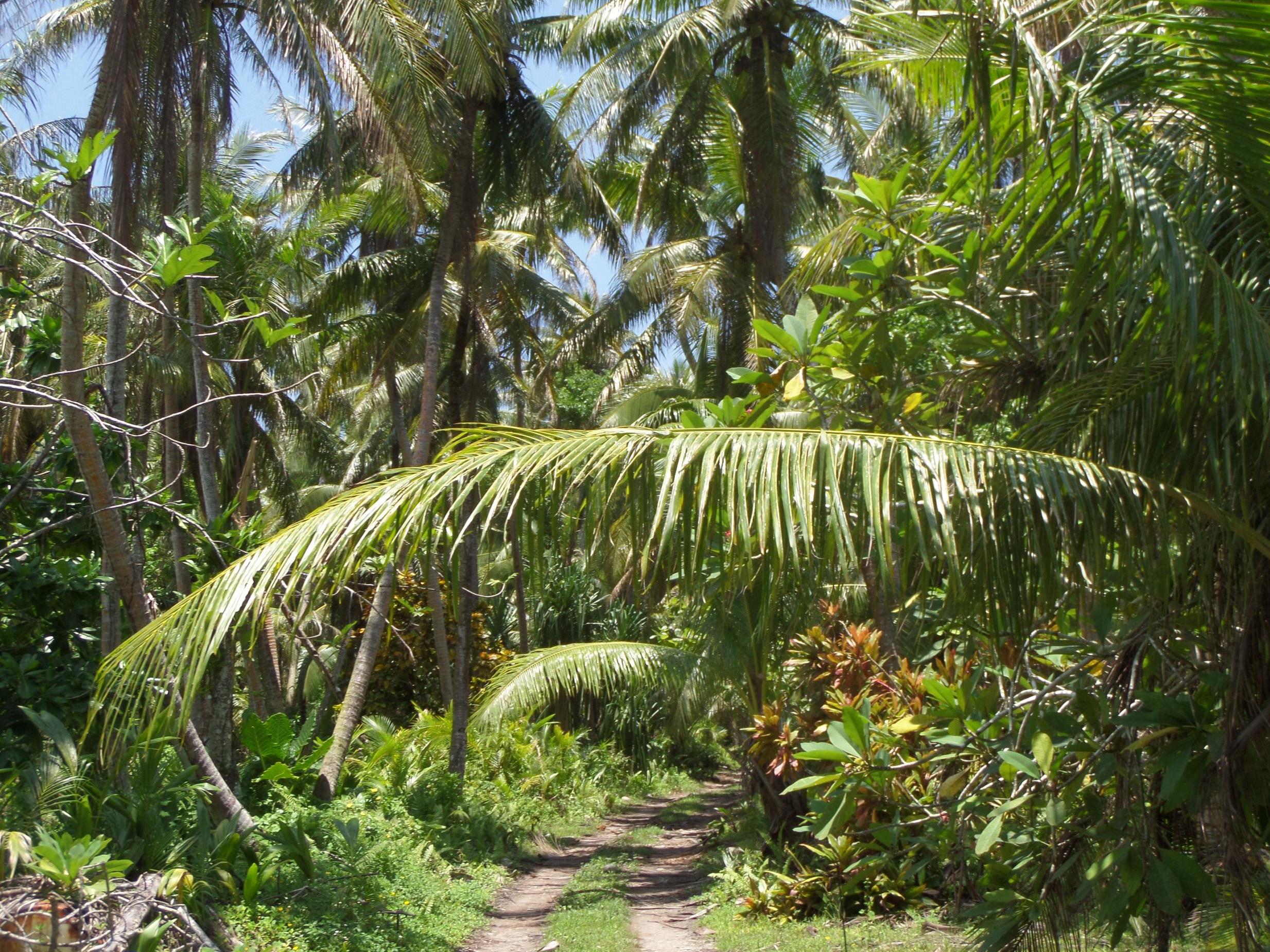Tropical island forest on Guam to be dug up for military firing range
Bulldozers will clear about 89 acres on US territory and shift an endangered tree

Your support helps us to tell the story
From reproductive rights to climate change to Big Tech, The Independent is on the ground when the story is developing. Whether it's investigating the financials of Elon Musk's pro-Trump PAC or producing our latest documentary, 'The A Word', which shines a light on the American women fighting for reproductive rights, we know how important it is to parse out the facts from the messaging.
At such a critical moment in US history, we need reporters on the ground. Your donation allows us to keep sending journalists to speak to both sides of the story.
The Independent is trusted by Americans across the entire political spectrum. And unlike many other quality news outlets, we choose not to lock Americans out of our reporting and analysis with paywalls. We believe quality journalism should be available to everyone, paid for by those who can afford it.
Your support makes all the difference.A forest on a Pacific tropical island is to be razed to make way for a new military firing range.
The bulldozers will clear about 89 acres on Guam, and as part of the project will uproot and move an endangered native tree, local media have reported.
The fadang tree used to be the most abundant tree in the US territory but academics say damage from Asian insects and caterpillars depleted its numbers.
Work to clear the forest is not expected to start for several months after delays caused by a row over moving the tree and other environmental issues.
The firing range will support US Marines moving to Guam from Okinawa, Japan, from 2025.
The $78m (£60m) project will require clearing 89 acres of native limestone forest and 110 acres of disturbed limestone at Andersen Air Force Base, officials say.
The fadang has been declared endangered by the International Union for Conservation of Nature.
The US military is building up its facilities on Guam, which is about three-quarters of the way from Hawaii to the Philippines. The US Department of Defense holds about 30 per cent of Guam’s land, where it has built two bases — Naval Base Guam and Andersen Air Force Base.
The island’s biodiversity has already been distorted by the arrival, on miltary planes, of the non-native brown snake, which has devastated the forest bird population and in turn slowed forest growth.
In a public consultation on the firing range, locals expressed concern the lead from the bullets in the range could contaminate the aquifer that provides drinking water to the entire island.
Defence chiefs say they are fulfilling their legal environmental requirements, and other islanders say the development boosts the local economy, creating jobs.
The military says it has provided millions of dollars to the community linked with the project, including improving a waste-water plant.
Join our commenting forum
Join thought-provoking conversations, follow other Independent readers and see their replies
Comments